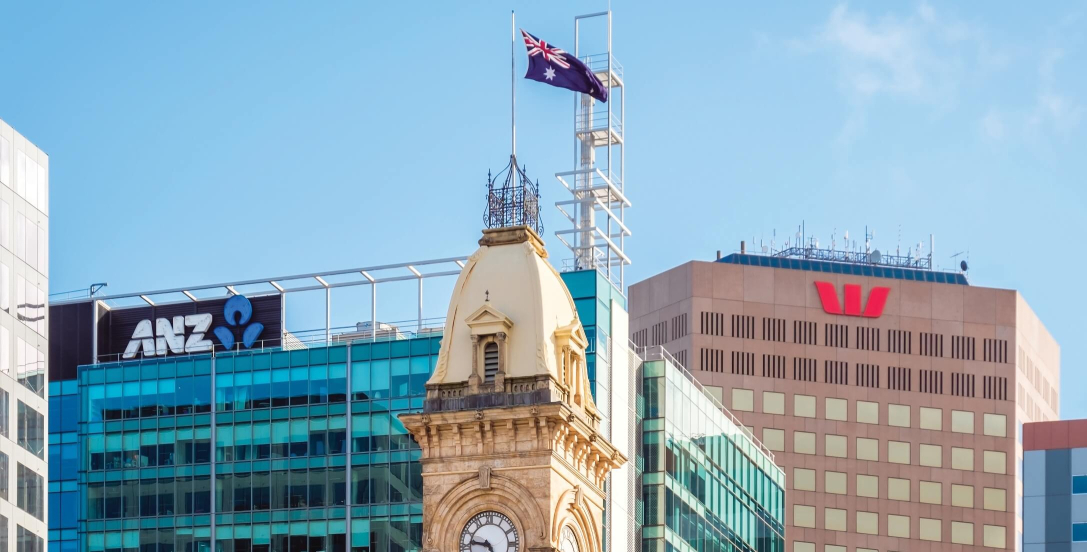NAB to close Advantedge business
National Australia Bank (NAB) is closing its Advantedge business, shutting it down in gradual phases over the next 12–18 months.
Advantedge has been a leading wholesale funder of white label home loans in Australia for over 25 years (when including its previous iteration as Challenger Mortgage Management), distributing through a wide network of mortgage brokers.
The major wholesale funder specialises in simple, low-cost home loans. It funds many aggregator white label loans, including AFG Home Loans Edge, Mortgage Choice SmartSelect Home Loans, Loan Market’s Go Edge, Connective Essentials, Astute Simplicity Home Loans, and Yellow Brick Road Home Loans Select.
Advantedge will cease accepting new lending requests from 30 September 2025. Customers will still be able to submit both credit-critical and non-credit-critical variations after this date; however, it’s expected that there will be a future date when Advantedge will no longer accept variations.
Existing Advantedge customers will then undergo a transition to NAB-branded home loans throughout 2026. Noting the decision to close the brand, NAB said that it “allows customers to functionality not currently available through Advantedge.”
In a note to brokers, it said: “We have considered the impact this decision will have on our broker community and our customers, who have told us they expect more from us. The move to NAB will allow customers access to functionality not currently available through Advantedge.”
It said that this includes greater flexibility and additional features, including access to up to 10 offset accounts, transactional banking, and broad functionality within the NAB app.
NAB will now become the principal credit provider for Advantedge home loans. Rates, fees, and charges are expected to remain the same.

Mortgage brokers writing record 76.8% of home loans
Mortgage broker market share rose to a new record high in the three months to March 2025, with brokers responsible for 76.8 per cent of all new home loans.
According to new data from the Mortgage & Finance Association of Australia (MFAA), the result surpassed the previous record of 76.0 per cent set in the December 2024 quarter.
In total, mortgage brokers settled $99.37 billion in new residential home loans, representing a 21.97 per cent increase from the $81.47 billion settled in the previous corresponding period and the highest value of new residential lending for a March quarter.
MFAA CEO Anja Pannek said the result was a powerful endorsement of the mortgage broker proposition and the role brokers were playing in helping Australians achieve their financial goals.
“These results clearly demonstrate that the broker proposition is highly and increasingly valued by Australian borrowers,” she said.
“In our view, every borrower or prospective borrower should see a mortgage broker for the benefits that brokers provide – including personalised support and access to a wide range of lenders and products.”

Average Australian home price tops $1m
The average price of an Australian home has passed the $1 million mark for the first time, according to new data from the Australian Bureau of Statistics (ABS).
In the March quarter 2024, the national mean price of residential dwellings rose 0.7 per cent to $1,002,500, with quarterly home value growth seen across all states and territories.
Residential dwellings in NSW remained the category with the highest average price in the country at $1.25 million, followed by Queensland at $944,700 and ACT at $941,300.
Reflecting on the data, Mish Tan, ABS head of finance statistics, said: “Western Australia, South Australia and Queensland were the main drivers of the rise, with Queensland reaching the second highest mean price in Australia, behind New South Wales.
“Despite the quarterly rise in national dwelling value, annual growth in the March quarter slowed to 5.9 per cent. This was down from 9.5 per cent in March quarter 2024.”

Banks to profit from proprietary push: S&P
A report from S&P Global Ratings has said Australian banks will seek to steer borrowers away from mortgage brokers in favour of “more profitable” proprietary channels.
The rating agency’s report, Australian Banks Want Borrowers Back – And Mortgage Brokers Out Of The Way, said in-house channels, such as branches, call centres, and digital channels could serve as a boost to lenders’ net interest margins and profitability.
While S&P said many consumers still favour in-person interactions for property purchases, a new generation of tech-savvy borrowers could embrace digital options.
Technology, including artificial intelligence, would potentially help banks cut costs and improve speed to market, leading to a “better” customer experience, according to S&P.
Lenders would then be able to pass on any savings from the “lower acquisition costs” to borrowers, which could potentially lead to more favourable rates.
Commenting on the trend, S&P Global Ratings credit analyst Simon Geldenhuys said: “We believe banks will capitalise on this.
“By digitising the mortgage process and offering greater price transparency, banks might dilute the mortgage broker value proposition.”




